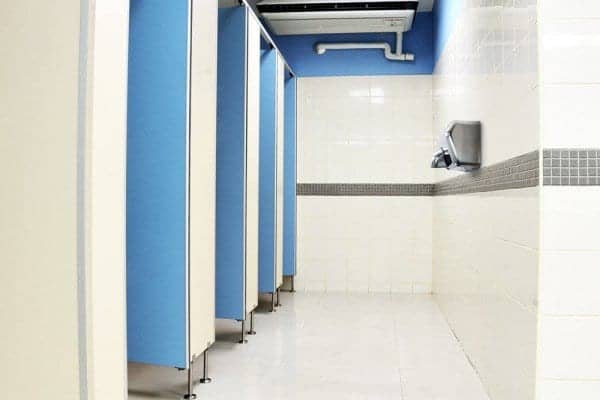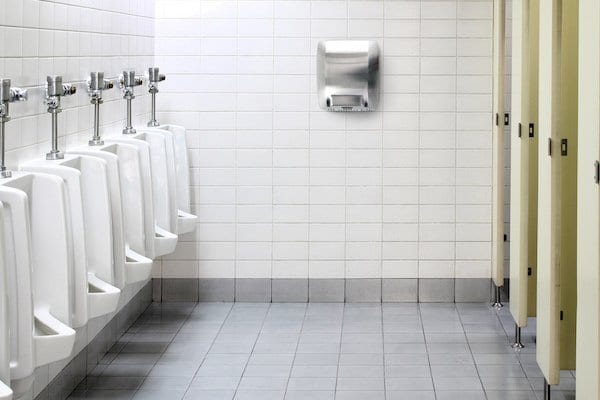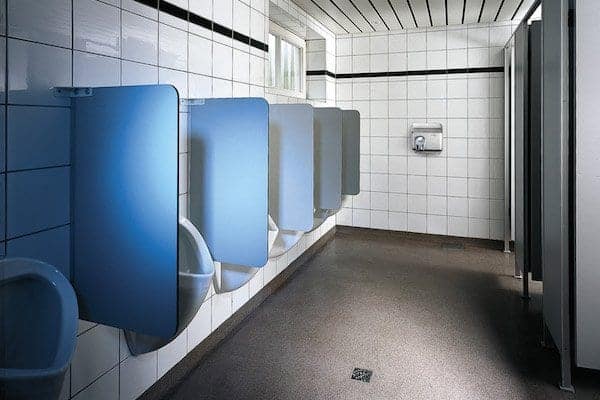It is essential that you dry your hands properly, many may not know this, but wet hands are more likely to spread viruses. So, shaking your hands or brushing them down your clothes doesn’t suffice when killing the bacteria on your hands.
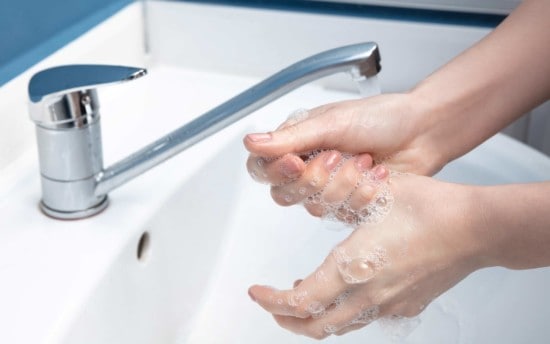
The history of hand drying can be summarised by five core milestones:
- Firstly, many would just shake and wave their hands – this method was simply the only option.
- Paper towels were then introduced.
- Closely followed by a rolling cloth – which was a tea towel-like cloth which looped back on itself, often found in schools.
- Then the hot air hand dryer came.
- Finally, the introduction of high-speed hand dryers and blade hand dryers have cut the time for drying your hands by half.
Each of these drying methods have their pros and cons, so the real question is: which method is best? Well, we have done the research and outlined this below…
Method #1: Shaking Your Hands
Shaking your hands dry was once the only option for drying your hands, however, it has been proved by people like Ignaz Semmelweis that shaking your hands can increase the bacteria build-up on your hands. A handful of people still exit toilets without washing their hands, some even leave toilets shaking their hands which therefore spreads the bacteria left on their hands to other people and other surfaces.
Pros
Relying on nature to dry off your hands, you aren’t touching other surfaces or products which could carry bacteria. By shaking your hands you don’t need to touch anything that could be growing in toilets.
Cons
Wet hands pass on bacteria to others, via whatever you touch next like food, people or surfaces.
Method #2: Paper Towels
The introduction of paper towels is still an effective method used today. A simple concept of using the paper to absorb the moisture from your hands and then disposed of in a bin.
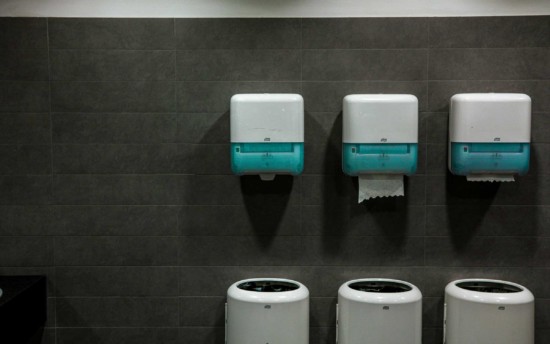
Pros
The main advantage of using paper towels is the speed at which you can dry your hands which can be done on the move, appealing to the public, as let’s be honest – who really wants to spend much time in a public toilet.
Cons
When it comes to hygiene though, paper towels do a fairly good job of removing the bacteria, however, they do not kill it. Therefore, the bacteria still lives and breeds because where do the towels wind up, in a bin. These then become a high risk for bacteria because the different bacteria’s on the towels breed and mutate together. Another few drawbacks are the cost of the towels and the carbon footprint as well as the effects on the environment as they often wind up in landfill.
Method #3: Rolling Cloth
This style of drying your hands has pretty much been eradicated, essentially it was a method similar to paper towels but was reusable. The cloth is looped around inside a case, you would pull a length out to dry your hands on.
Pros
Just like paper towels – the rolling cloth was quick and easy drying your hands in seconds.
Cons
The cons are just proof of why you rarely see rolling cloth in toilets these days. This is because of the high maintenance of keeping them clean as they would need changing multiple times a day. So many now opt for other options as this was near impossible. The rolling loop inside meant that when the wet cloth fed back through it was a breeding ground for bacteria – an absolute hygiene health hazard.
Method #4: Hot Air Hand Dryers
Hot air hand dryers were a breakthrough even before fast hand dryers came along. They started off as a device that sits parallel to a wall and blows out hot air at a very slow pace. They work by evaporating the liquid from your hands but were in no real hurry to do this.
Pros
Using a hot air hand dryer is more effective that shaking your hands or drying with a paper towel both of which are a hygiene issue. Because of the automatic sensors – there is no need to touch any surfaces or buttons.
Cons
The problem with these, you can guess is the speed, they were designed so the user would keep their hands under for 45 seconds, many wouldn’t be patient to wait. Therefore, leaving moisture on their hands i.e. bacteria.
Method #5: High Speed Hand Dryers
Then came high-speed hand dryers, the latest innovation in drying your hands without the spread of bacteria or the long drying times. Blade hand dryers are now a bestselling model within most public toilets. The slimline technology means they are ultra-modern and sit close to the wall not taking up valuable space within small toilets. The Tekflo® Blade hand dryer features innovative technology to ensure the noise rating is just 68dB which is significantly quieter than most. This model also features a smart eco-mode, letting you choose the ideal settings for your washroom, hot or cool, lowering your power usage by 50% if opting for cool air.
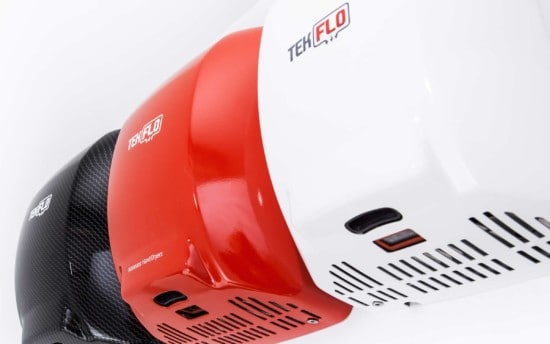
Pros
The advantages of a fast hand dryer are that they were built to overcome the typical problems associated with the other methods. The biggest advantage is the speed of the dryer, drying users’ hands within 8-10 seconds, much more efficient especially in a commercial business setting. There is also usually no need to touch the device as they are completely automatic to activate.
Cons
Some say that high speed hand dryers can blow the germs into the air, however most hands-in Blade hand dryers collect the water from your hands therefore eliminating bacteria issues and combatting this theory.
With all of this considered here – we would strongly advise opting for a high-speed hand dryer. This will decrease your power usage, the time it takes to dry your hands, improve hygiene levels, reduce maintenance and optimise the running costs. Read our FAQs for more information about our Tekflo® hand dryers, or speak to a member of the team.
